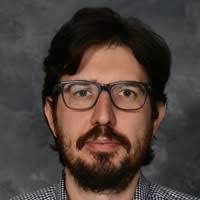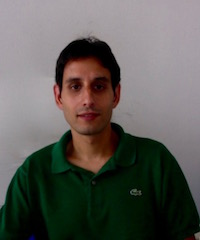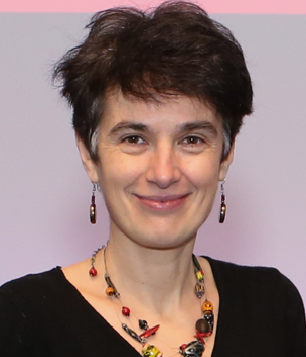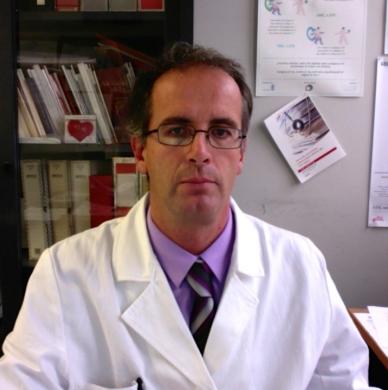PREDICTION OF DISEASE ONSET AND PROGRESSION USING NATIONWIDE GENETIC AND HEALTHCARE DATA
Speaker: Andrea Ganna (Institute for Molecular Medicine Finland)
Abstract: I will show approaches to predict disease onset combining nationwide electronic health records (EHR)-based phenotype risk scores with polygenic scores (PGS). I will show how these integrated models can capture both genetic predispositions and the dynamic health status of individuals. I will then discuss how prediction of disease onset compares with prediction of disease progression. While the models demonstrate robustness in predicting the risk of initial disease development, they exhibit limitations in forecasting disease progression. Finally, I will assess the transferability of these predictive models across various healthcare systems. The presentation will underscore the critical role of combining genetic insights with real-world clinical data in enhancing the precision of disease predictions and healthcare interventions, especially in stratifying risk and tailoring preventative strategies effectively.
Bio: Andrea is an Associate Professor at Institute for Molecular Medicine Finland (FIMM), HiLIFE and a research associate at Massachusetts General Hospital, Harvard Medical School. Andrea's research interests lie at the intersection between epidemiology, genetics, and statistics. Andrea’s team, utilizes AI and machine learning to improve early disease detection and improve public health interventions.






























